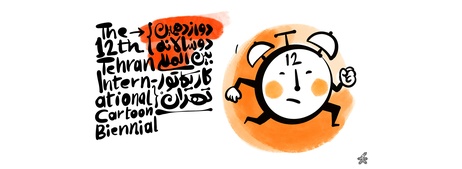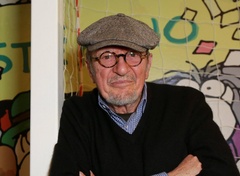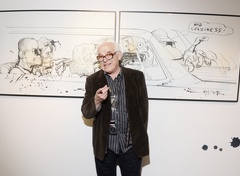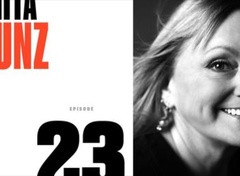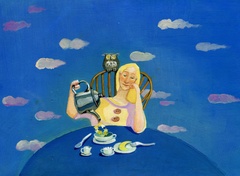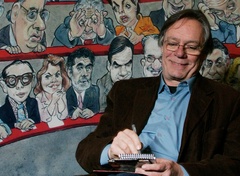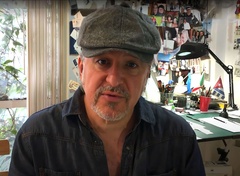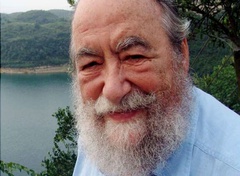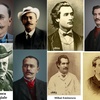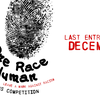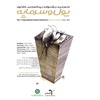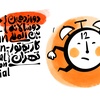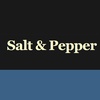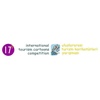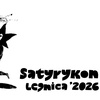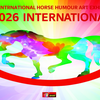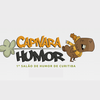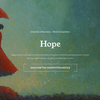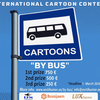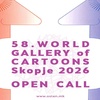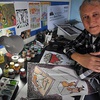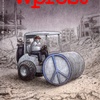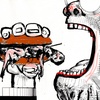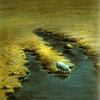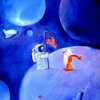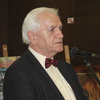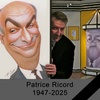He was born in Nahavand city in 1982, and once was a student of Bahman Abdi and Hojat Safi Manesh, a famous painter in Hamedan province. He began his work in 2002.
He has received several national and international awards including: 2nd prize of Concurso Noticartún Colombia contest (2015), Honorable mention of Concurso Noticartún Colombia in 2017, 2018, Honorable diploma in Yemittos contest of Greece (2015), Selected artist of the Comic and Cartoon Magazine Competition in 2009 and 2015, a silver award from the 15th China International Freecartoonweb Festival 2016, a special award from the Caneva Ride International Festival in Italy 2016 and a honorable mention of the National Festival of Dastan in 2020.
In addition to all these awards, Cheraghi has been selected by jury members of more than forty international festivals and his works have been exhibited in festivals such as: graphic humor of Lima, Peru, Brazilian Piracicaba, Fajr International Visual Arts Festival, Yemittos Greece and Aylan Festival in Spain. All of which have also been published in the catalogs of these festivals.
This cartoonist has been collaborating with national prestigious magazines and newspapers for about 15 years, including Jam-e- Jam and Hamshahri papers, and satire and caricature magazines. These days, his artworks are mostly published in the satirical attachment of Shahrvand newspaper entitled "Shahrwang".
He has hold six solo exhibitions and participating in several group exhibitions. He has illustrated more than forty children's books, and also for charity.
Ehsan Cheraghi recently won the Syrian Cartoon Site Festival with the theme of eyes.


He says about the cartoon entered Syrian Festival, that in my cartoon in first frame you can see a person with his back to the picture and looking at a vase. In the second frame, he turns and looks at the audience, and his eyes look like flowers in a vase.

The message I wanted to convey is that we can look at the world around us with a slightly more beautiful view, so that the burden of the problems we deal with would be a little lighter.
And in terms of subject matter, I spend more time on issues such as social and cultural issues.
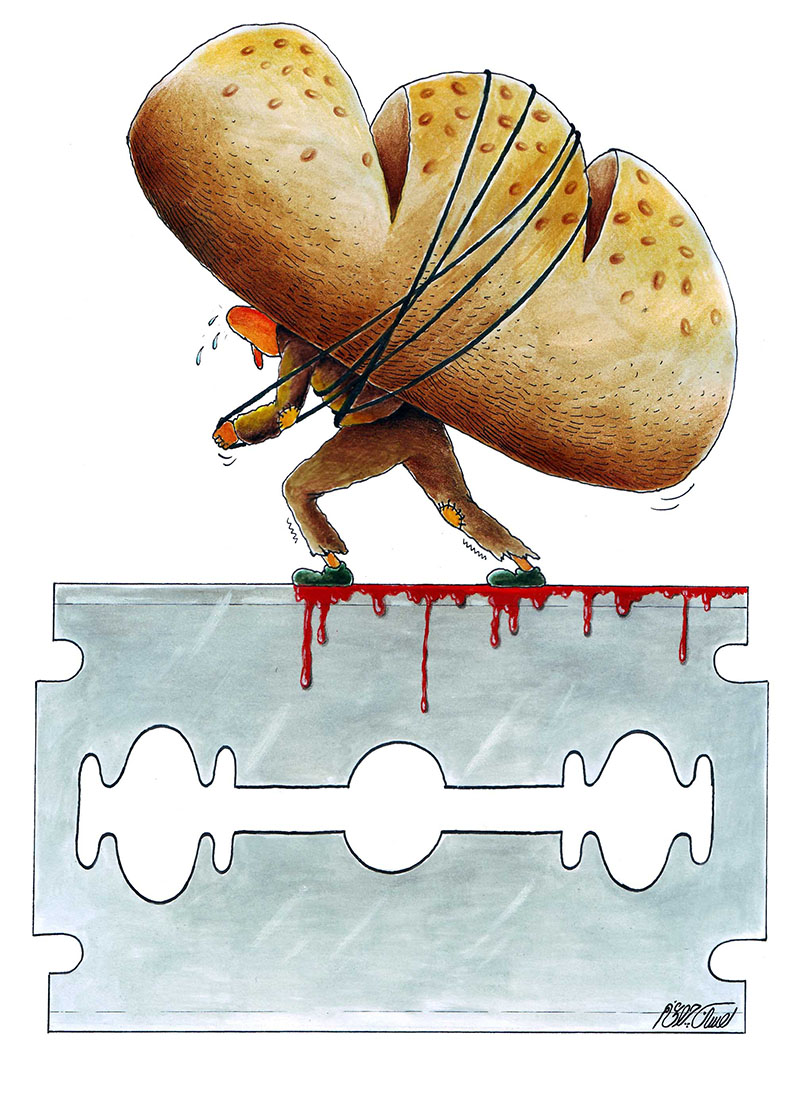
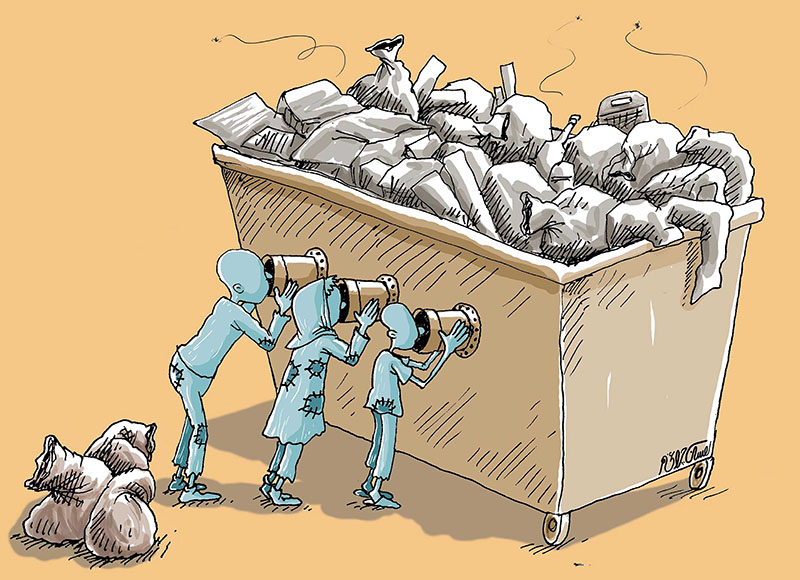
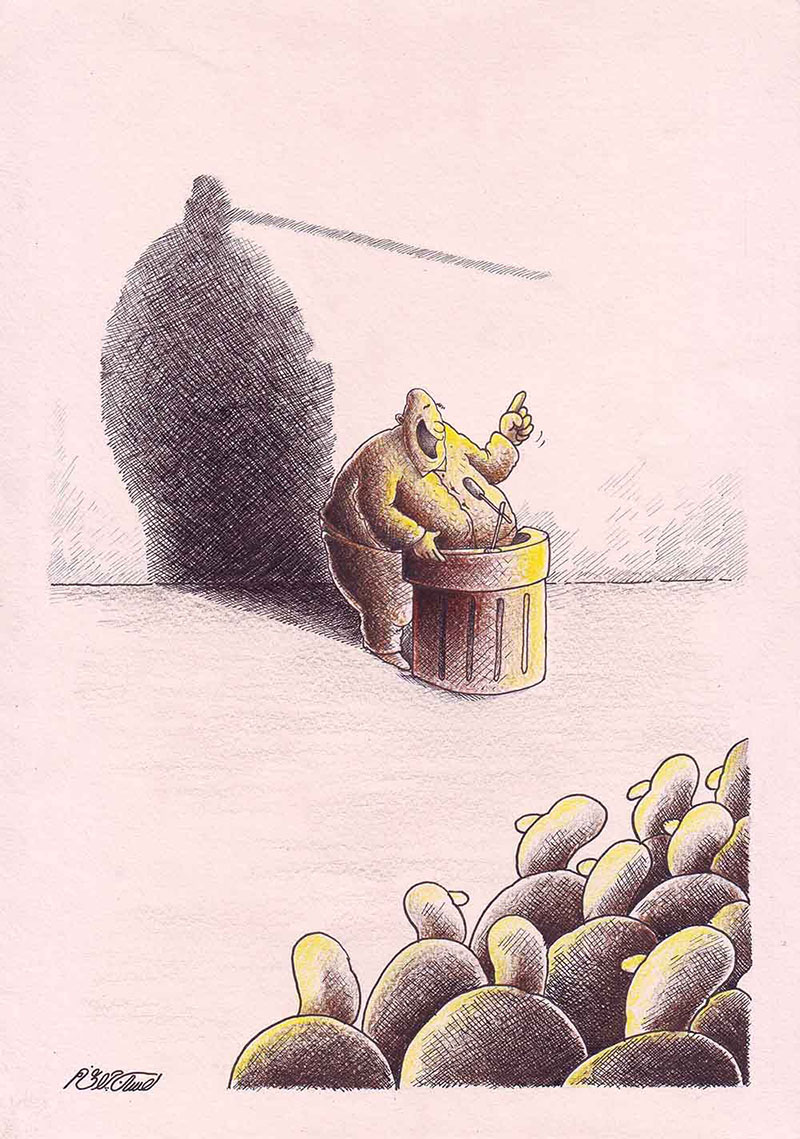
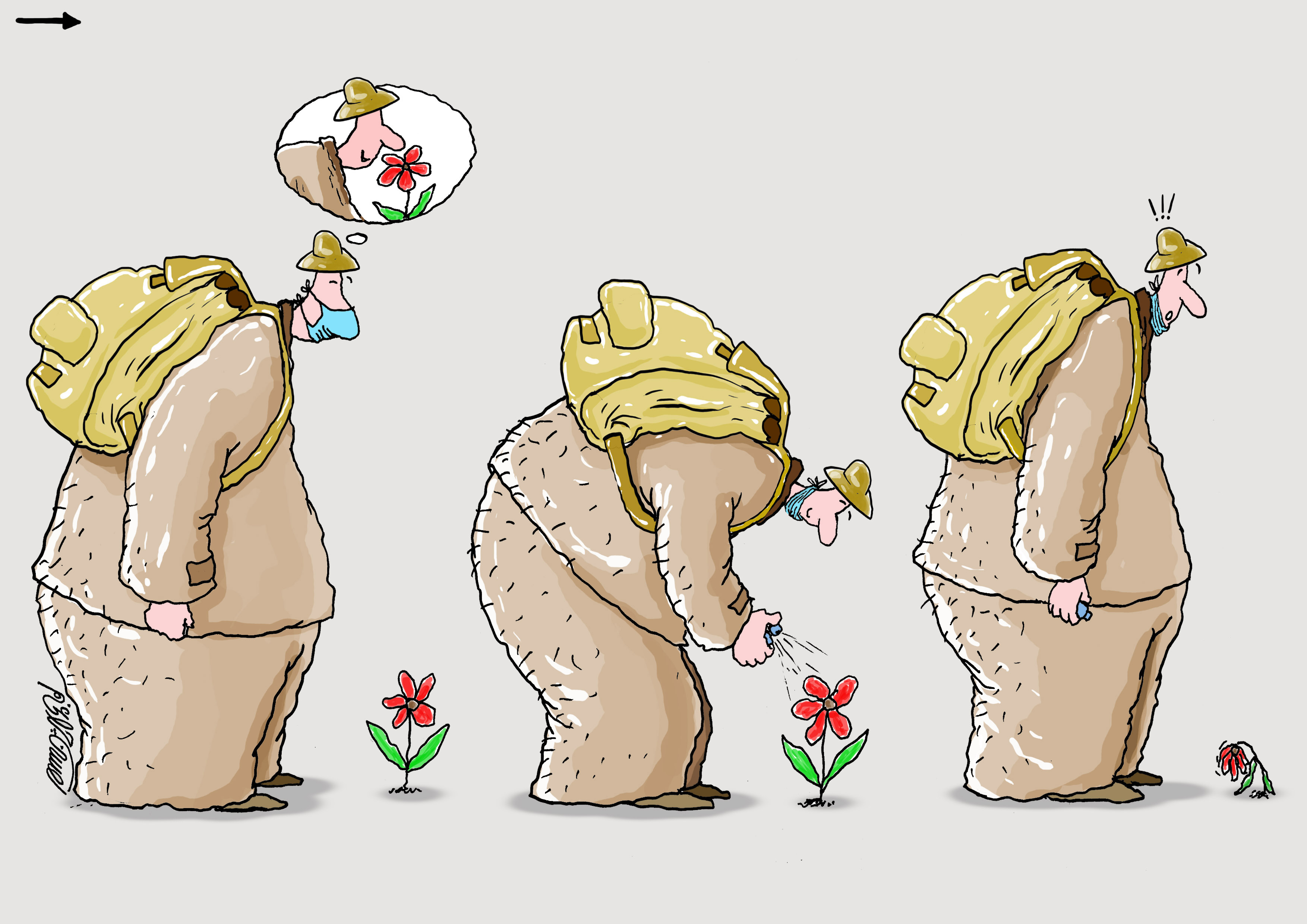
What is your assessment of nowadays cartoons and caricatures? If possible, tell us about the pitfalls and strengths.
Iranian cartoonists are among the top in the world, but I should refer to the international juries’ mental archives as a case I should criticize, some jury members do not pay enough attention to the cartoons to recognize their similarities to the artworks belong to well-known pervious artists, they are full of repetion of other artists’ ideas and there is little diversity in them. For example, at the 2019 International Festival of Macedonia, a work by an artist made it to the finals that objectively copied the work of one of the world's greatest cartoonists without the slightest change. This leads to a bigger problem, which is that it causes the newcomer artist to become arrogant, and this is a very big damage.
Which elements do you pay most attention to in creating cartoons and caricatures?
Every cartoon or design is result of intuition. I mostly take color, texture and hachure into consideration. Of course, it should be noted that the choice of these elements and how to use them in a visual art, depends on the type of work and subject.
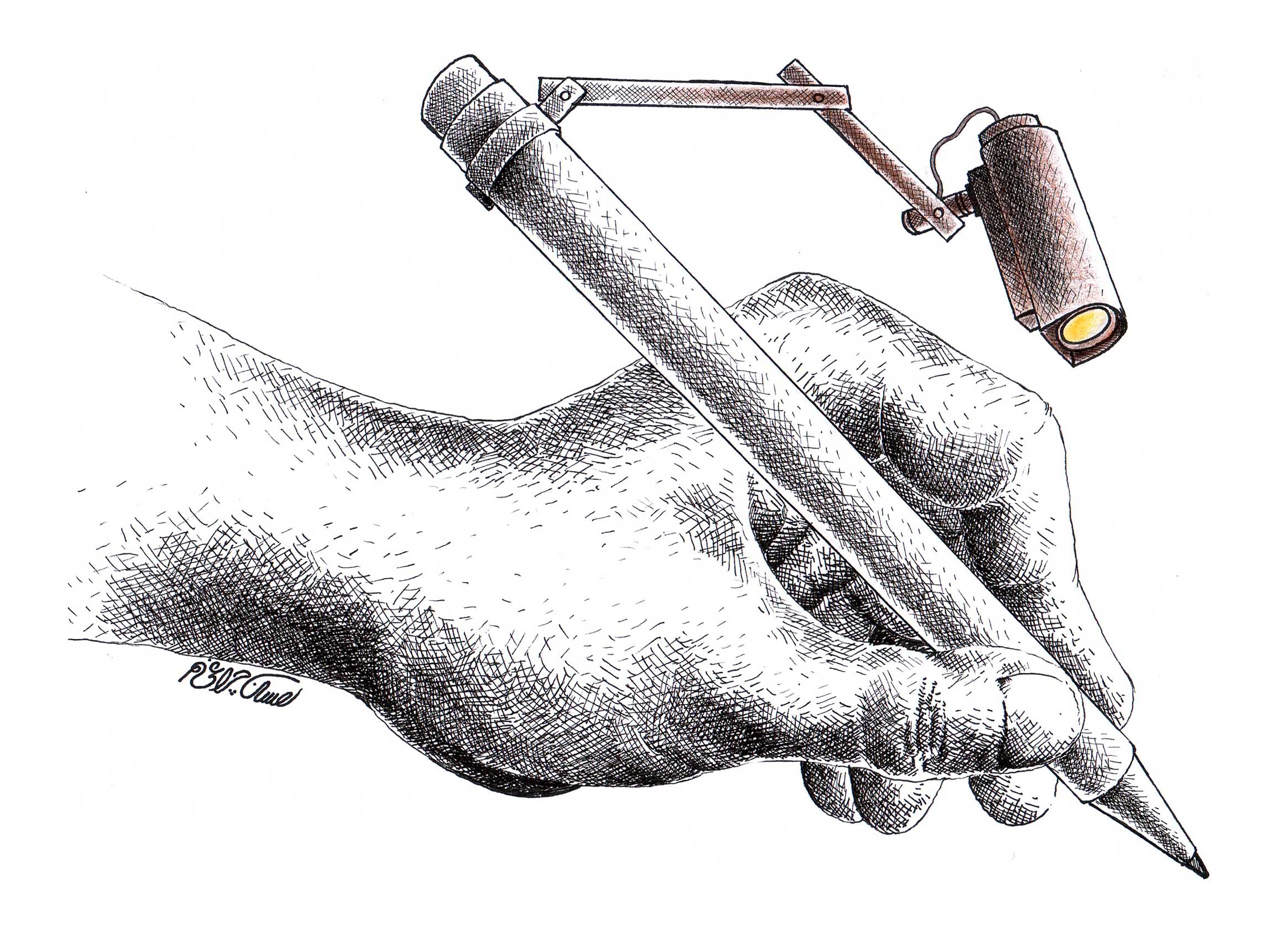
What is your vision for your job?
I try to keep my knowledge up to date at all times so that I can better communicate with the audiences.
At the end I should thank you and Massioud Shijaei Tabatabaie

